6 Minutes
The Northrop Grumman B-2 Spirit stands as one of the most technologically advanced long-range bombers in the world. What truly sets the B-2 apart is its astonishing ability to remain airborne for up to 44 continuous hours, crossing intercontinental distances without any need for landing. But how does this stealth bomber accomplish such an incredible feat? Let’s explore the innovation in design, engineering, and operational strategy behind this iconic aircraft, drawing parallels to advancements seen in high-performance vehicles as featured in car and automotive sites.
B-2 Spirit Bomber: Specifications and Key Features
- Manufacturer: Northrop Grumman
- Engines: Four General Electric F118-GE-100 non-afterburning turbofan engines
- Maximum Cruise Speed: Approximately 900 km/h (560 mph)
- Fuel Capacity: 34,000 kg (74,000 lbs)
- Operational Range: Intercontinental, enhanced with aerial refueling
- Endurance: Capable of 44 hours continuous flight
- Stealth Features: Flying wing design, radar-absorbent coatings

Engine Design: Pushing Performance to the Limit
At the heart of the B-2 Spirit’s remarkable range lies its advanced propulsion system. The aircraft is powered by four General Electric F118-GE-100 turbofans, specially designed to operate efficiently at subsonic speeds and lower temperatures than typical afterburning jet engines. This design minimizes component wear and stress, much like premium automotive engines designed for sustained reliability and efficiency. Consistent, long-duration power delivery is key — allowing the B-2 to undertake missions that most military aircraft could never attempt.
Efficiency and Fuel Economy
Reducing fuel consumption has been a top priority in the B-2’s design — a philosophy mirrored in the evolution of fuel-saving automotive technologies. With a cruise speed optimized at 900 km/h, the B-2 maximizes efficiency, ensuring its 34-ton fuel tank can support extended journeys without the need for frequent stops. The balance of speed and efficiency is echoed in high-performance cars and long-range vehicles where optimization is crucial.
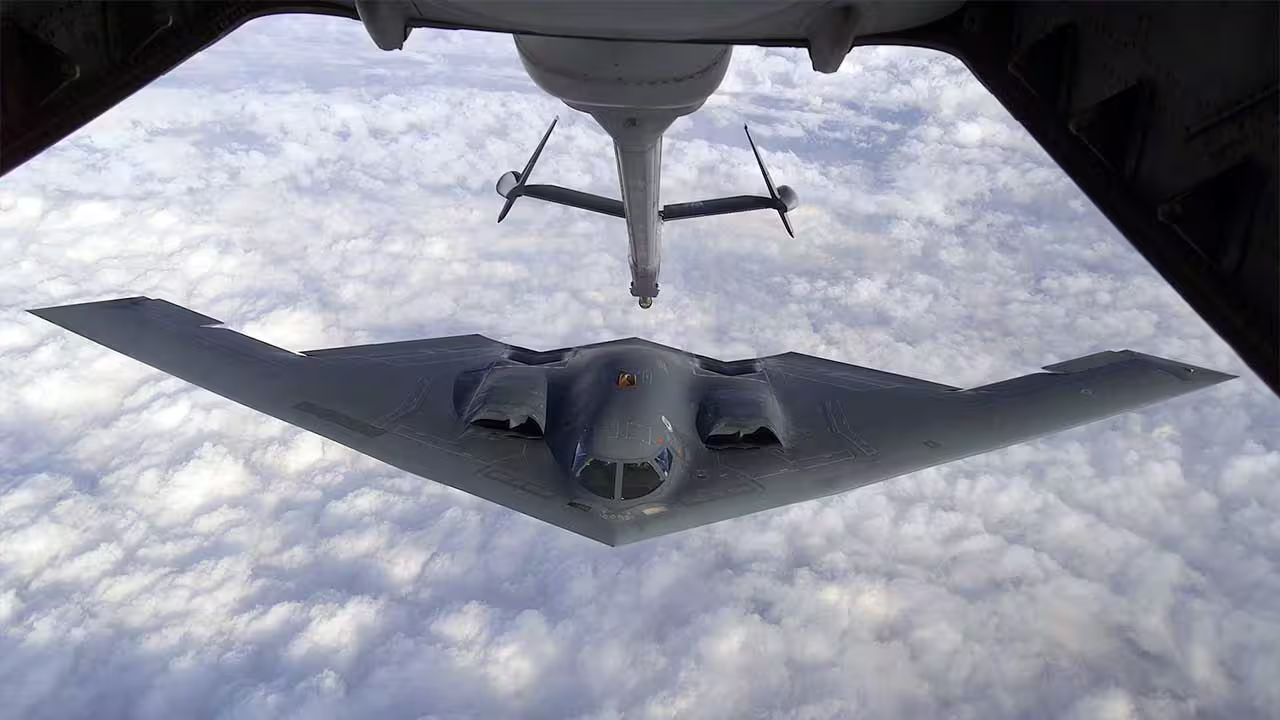
Aerial Refueling: Extended Operational Range
The operational range of the B-2 Spirit is drastically extended via aerial refueling. During intercontinental missions, the bomber can connect with airborne tankers multiple times, replenishing its fuel supply without descending to land. This strategic capability is one of the main reasons the B-2 Spirit is able to fly marathon missions, mirroring endurance strategies seen in the automotive racing world where pit stops and refueling play critical roles.
Advanced Aerodynamics and Stealth
The B-2 Spirit’s distinctive flying wing profile is more than an aesthetic choice — it’s a triumph of aerodynamic engineering. The wing’s smooth, seamless lines reduce drag, improving overall fuel efficiency, while also optimizing airflow over the engines to keep them running cooler and smoother, much like the airflow management in cutting-edge supercars. Additionally, the stealth architecture renders the bomber nearly invisible to radar, allowing it to undertake high-risk missions with minimal detection.
Engine Monitoring and Cooling Systems
Sophisticated monitoring and cooling systems in the B-2 keep its engines operating well below critical thresholds, even during multi-day operations. Constant diagnostics allow adjustments to engine output, extending component life — a feature paralleling the most advanced monitoring technologies now seen in luxury and performance vehicles.
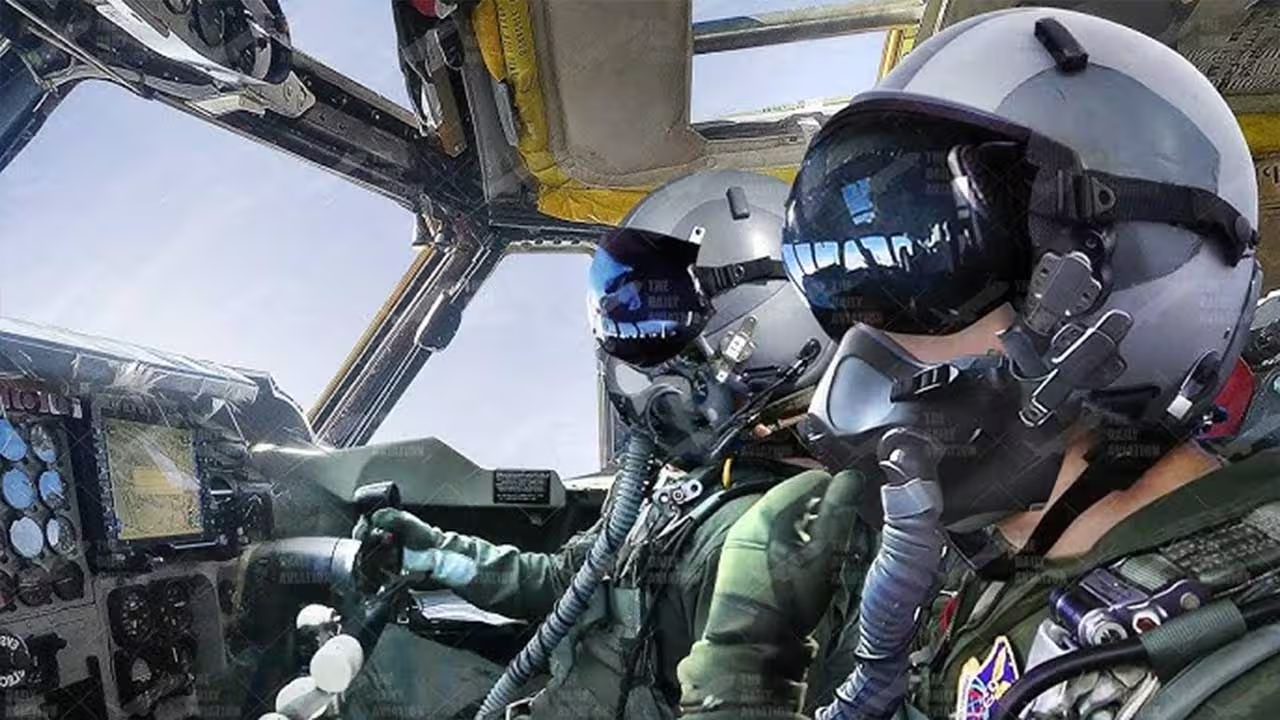
Crew Comfort and Mission Endurance
Supporting 44-hour flights isn’t solely a matter of engineering. The cockpit is meticulously designed to accommodate crew needs during extended missions, including provisions for rest, meals, and hydration. B-2 pilots receive special endurance training to handle the physical and mental demands of ultra-long sorties. Safety and efficiency, both for the vehicle and its operators, remain paramount — much like the focus on comfort and ergonomic design in premium automotive interiors.
Challenges and Limitations of the B-2 Spirit
Despite its groundbreaking abilities, the B-2 Spirit faces significant challenges, similar to how high-tech supercars can present unique ownership hurdles.
High Production and Maintenance Costs
With a production cost exceeding $2 billion per unit and annual maintenance costs estimated at $130,000 per flight hour, the B-2 is among the most expensive aircraft ever built — more exclusive than even the rarest supercars. These enormous costs limited production to just 21 units, a far cry from the originally planned fleet size.
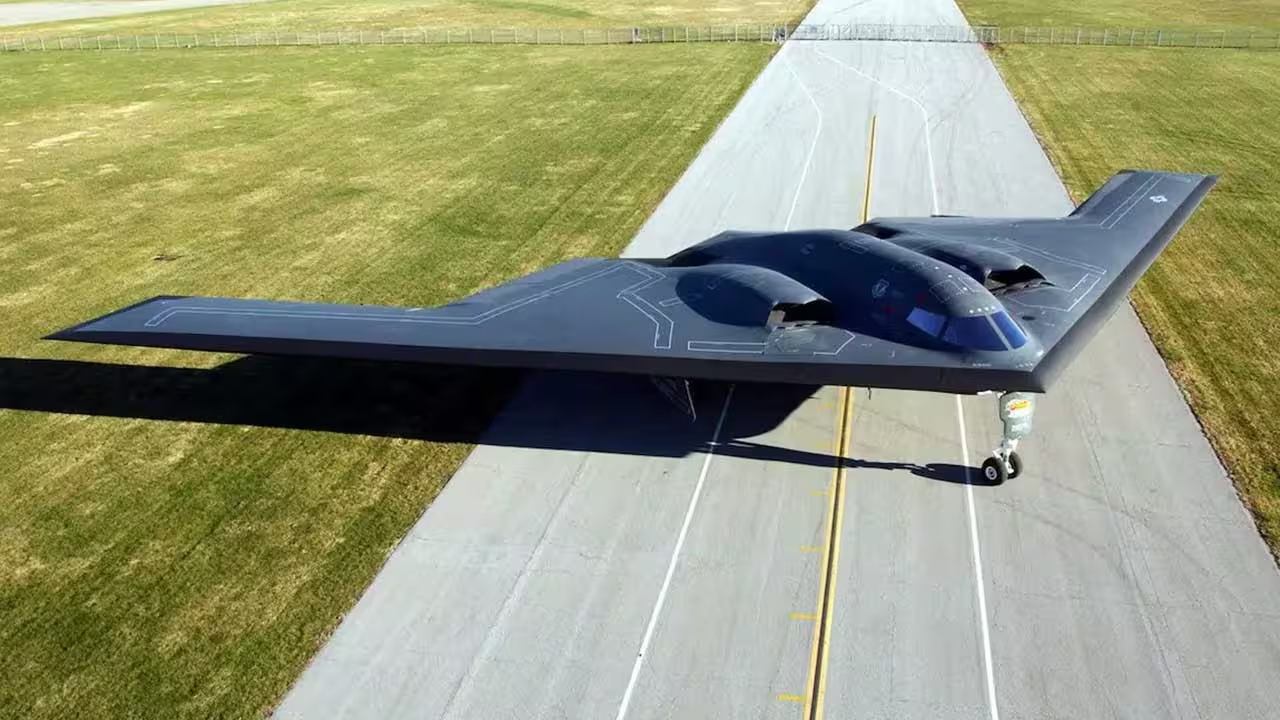
Maintenance Sensitivity and Operational Demands
The B-2’s radar-absorbent skin is highly sensitive to weather, requiring constant repair and specialized, climate-controlled hangars. Intensive maintenance needs echo the challenges of preserving high-performance classic vehicles.
Early Reliability Concerns
Initial years in service (the 1990s) saw low operational readiness, with issues often grounding up to half the fleet — similar to how new technologies in automotive design can expose unforeseen reliability issues.
Accidents and Software Vulnerabilities
A notable crash in 2008 highlighted the aircraft’s dependency on its advanced computer systems — with a humidity sensor failure leading to the loss of one unit. This event underscored the inherent risks of high-technology reliance, comparable to modern vehicles heavily dependent on advanced electronics.
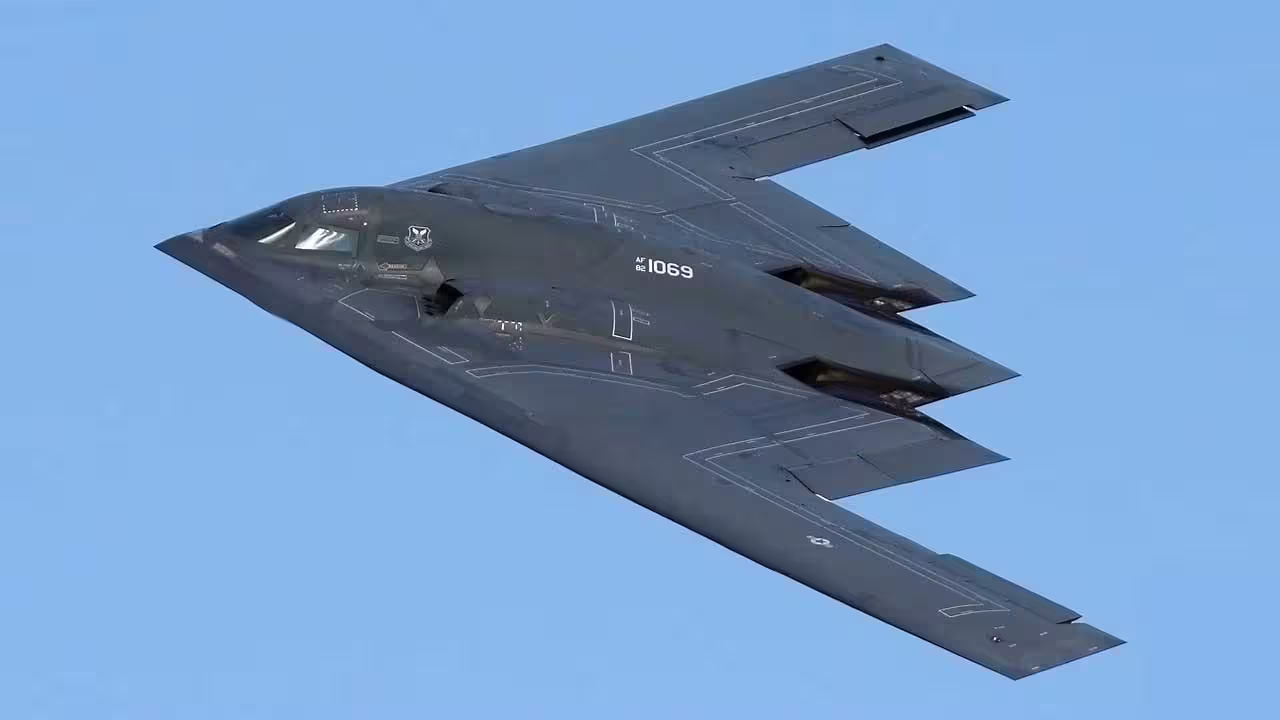
Environmental Limitations
Unlike rugged fighter jets, the B-2’s delicate coating and complex systems make it poorly suited for wet, humid, or dusty environments. Operating outside optimal conditions can compromise its stealth and performance, much like how exotic cars struggle in adverse weather.
Upgrade and Modernization Difficulties
The highly customized, computer-centric architecture of the B-2 makes technological upgrades and retrofits exceptionally challenging and expensive — a recurring theme for many high-tech vehicles struggling with legacy systems.
Conclusion: The B-2’s Place in Aviation and Technology
The B-2 Spirit remains a marvel of engineering, setting the benchmark for endurance, efficiency, and stealth in military aviation — much as flagship supercars set standards in automotive innovation. While its cost, complexity, and maintenance might limit its practicality, the B-2’s influence is undeniable, inspiring advancements across the worlds of aerospace and automotive design. For enthusiasts of high-performance machines, understanding the B-2’s story is to appreciate the pinnacle of what’s possible when technological ambition meets human ingenuity.


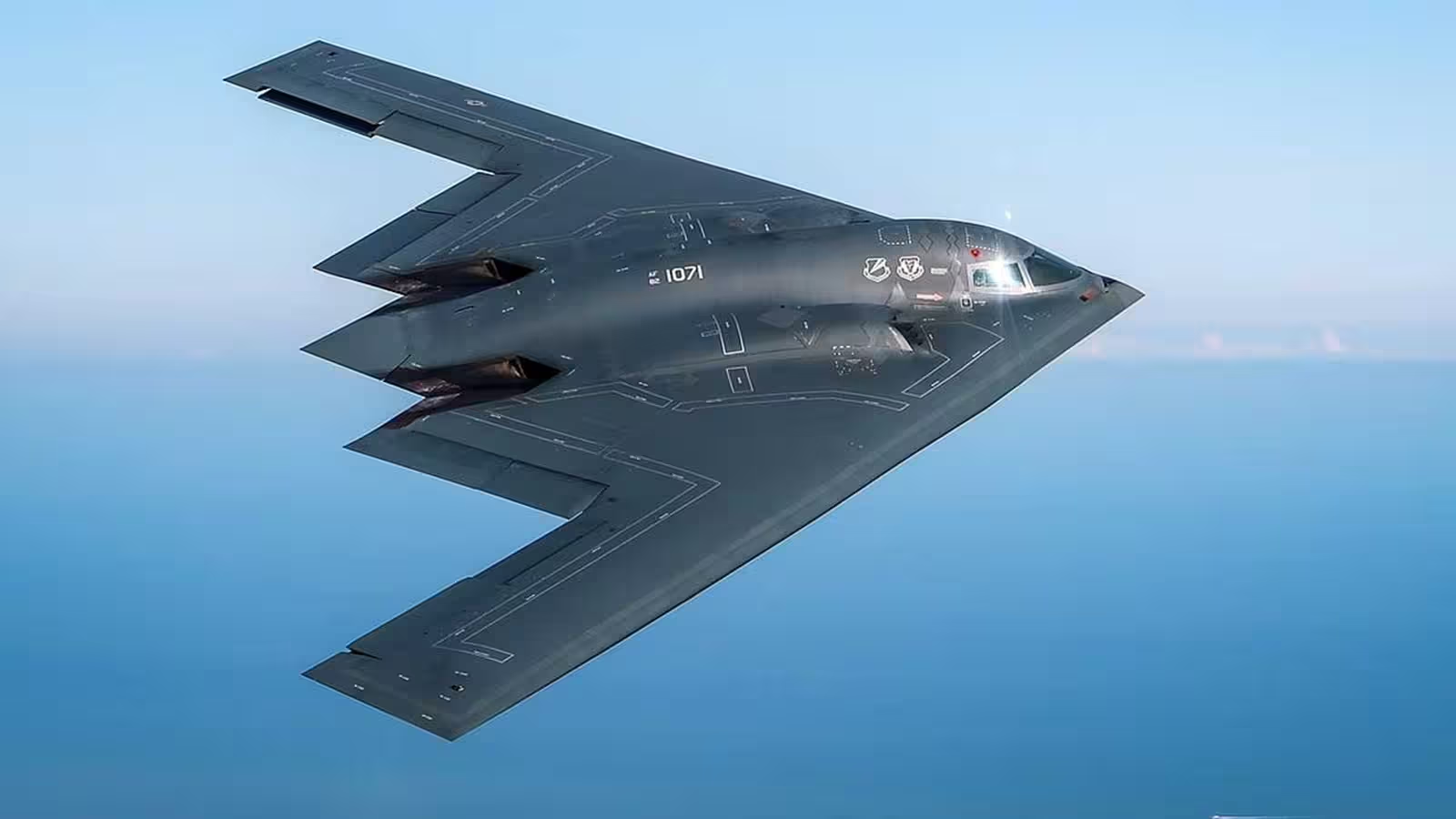
Comments